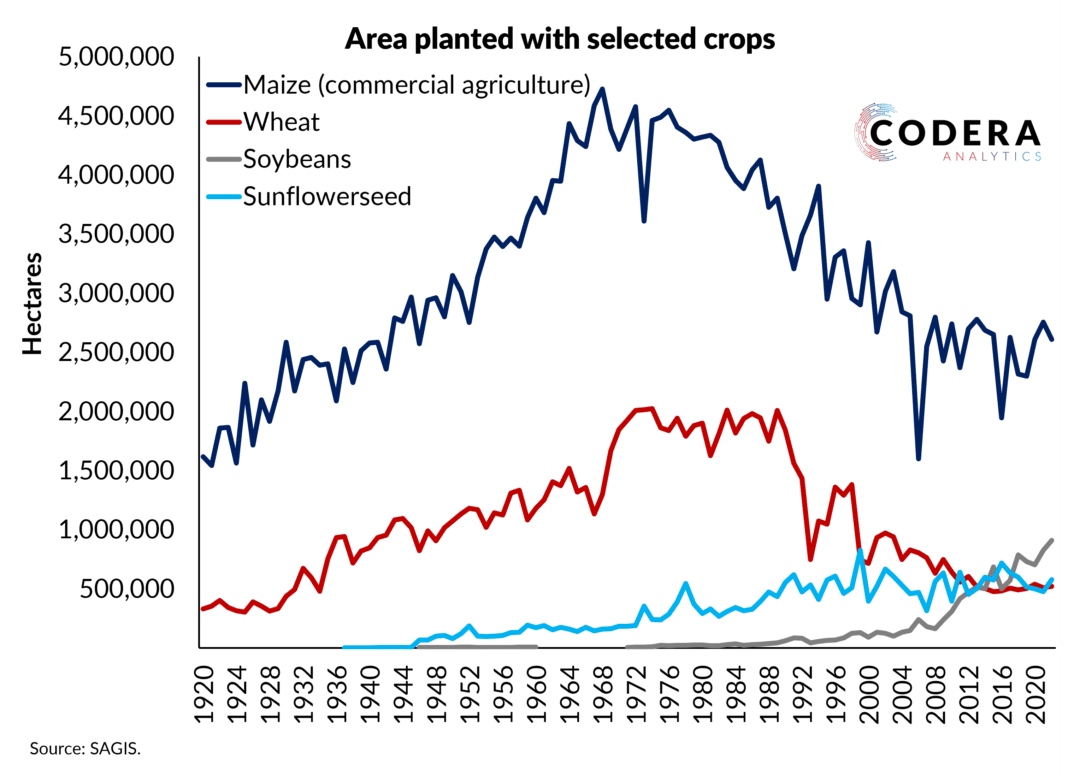Today’s post reviews the SARB’s updated assessment of the historical output gap (a measure of economic slack). SARB raised the historical profile of the output gap in its most recent set of estimates compared to its real-time estimates (see final two charts below from earlier SARB working papers, links here and here). The chart shows that the SARB’s estimates were on average positive pre-global financial crisis (GFC), and negative thereafter (removing the effect of the GFC and pandemic).
Simple statistical filters, such as the Hodrick-Prescott filter (HP) (and Christiano-Fitzgerald filter), on the other hand, imply the existence of a positive output gap before Covid-19 pandemic and for most of the period since 2022, compared to the SARB’s estimates.
While the revisions represents a definite improvement, the historical profile of the estimates still implies that they have not been mean approximately mean zero over the long-term, required under the statistical definition of an output gap. A persistently negative output gap over 15 years or more, as estimated by SARB, raises serious conceptual, measurement, and policy concerns. SARB’s modelling implies chronic underutilisation of resources, which either means that SARB has over-estimated potential or that the economy has persistently had spare capacity. In reality, weak output growth tends to lower potential growth over time, and poorly calibrated monetary policy not only leads to forecast errors but potentially inappropriate monetary policy settings. For more on the practical implications of SARB’s assumptions around the output gap, see these earlier posts, here and here.




Footnote
Note that the HP filter is a commonly used statistical approach for output gap estimation. The problem with simple filters such as the HP is that they are not well suited to interpreting the economic impact of the COVID shock. That said, they are a useful benchmark to compare more sophisticated approaches against. For a real-time comparison of the HP filter see this earlier post or for recent comparison to the Beveridge Nelson filter see here or Christiano-Fitzgerald here.

